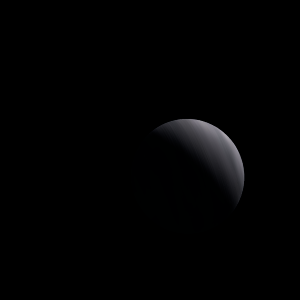|
|
Space Astro
|
Info for exoplanet "Tiwax Isin"
| Scientific (actual) data |
|---|
| Name | Mu Ara b |
| Planet status | Confirmed |
| Mass sini | 1.676 |
| Orbital period | 643.25 |
| Semi major axis | 1.5 |
| Orbit eccentricity | 0.128 |
| Angular distance | 0.098039 |
| Discovered | 2000 |
| Updated | 2015-05-05 |
| Omega | 22 |
| Tperi | 2452370 |
| Publication | Published in a refereed paper |
| Detection type | Radial Velocity |
| Alternate names | HD 160691 b |
| Star name | Mu Ara |
| Right ascension | 266.03° |
| Declination | -51.83° |
| Mag v | 5.15 |
| Star distance | 15.3 |
| Star metallicity | 0.28 |
| Star mass | 1.08 |
| Star radius | 1.245 |
| Star sp type | G3 IV-V |
| Star age | 6.41 |
| Star temperature | 5700 |
| Wikipedia article | mu Ara b |
Back
| |
| Fictional info (?) |
|---|
| Suggested name | Tiwax Isin |
| Planet type | Cold planet |
| It was the one of the first exoplanets visited by a spacecraft, and one of the first to be successfully landed on. |
| Atmosphere | Hydrogen peroxide | 51% |
| Ethane | 23% |
| Oxygen | 11% |
| Nitric oxide | 7.3% |
| Hydrogen | 4.8% |
| Ammonia | 1% |
| Sulfur dioxide | 0.43% |
| Ammonium hydrosulfide (NH4SH) | 0.00037% |
| Atmospheric pressure | 0.23 bar |
 |
| No known satellites |
| Google search for Tiwax isin |
|
Website by Joachim Michaelis
|
|
|
|